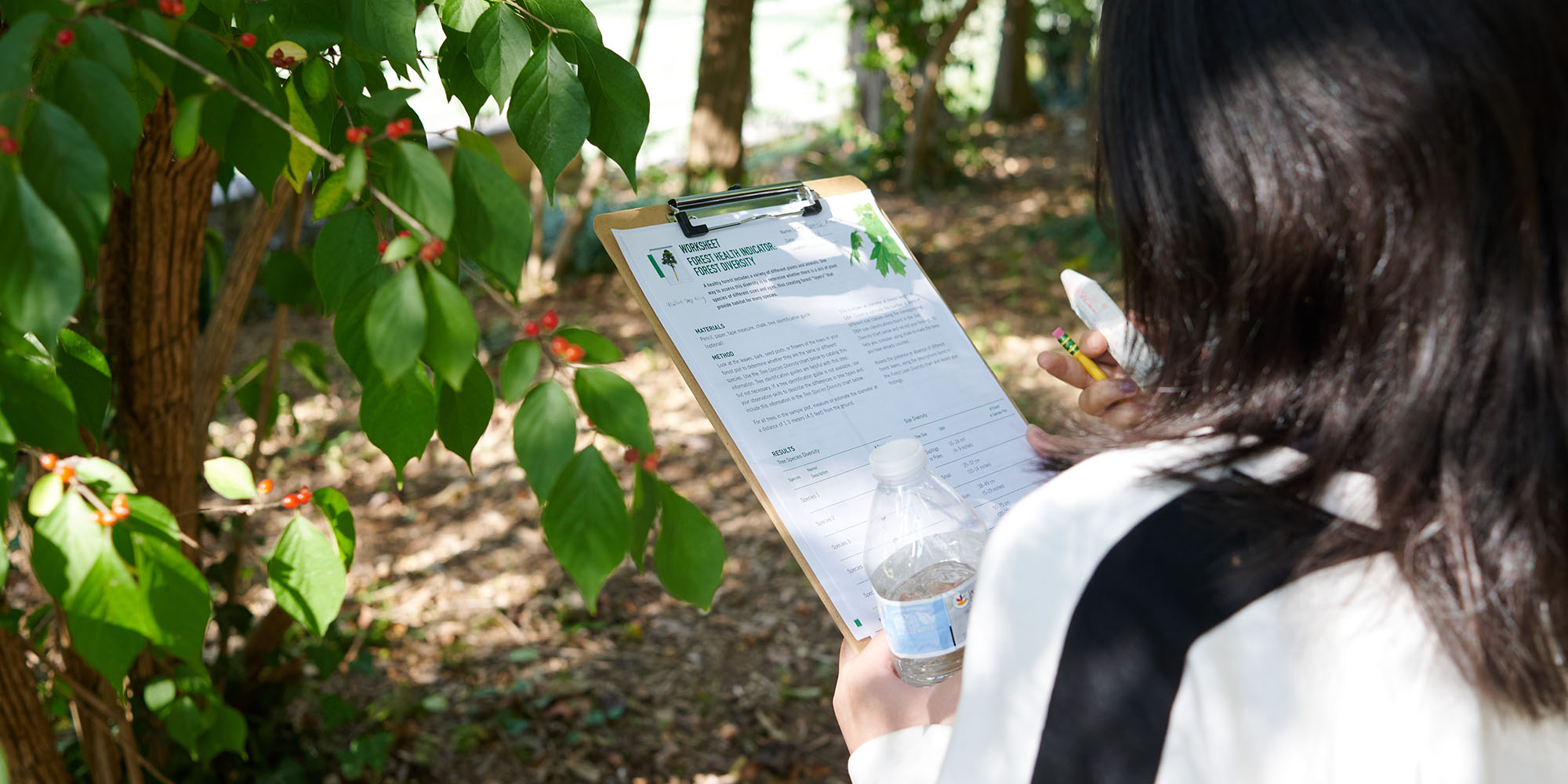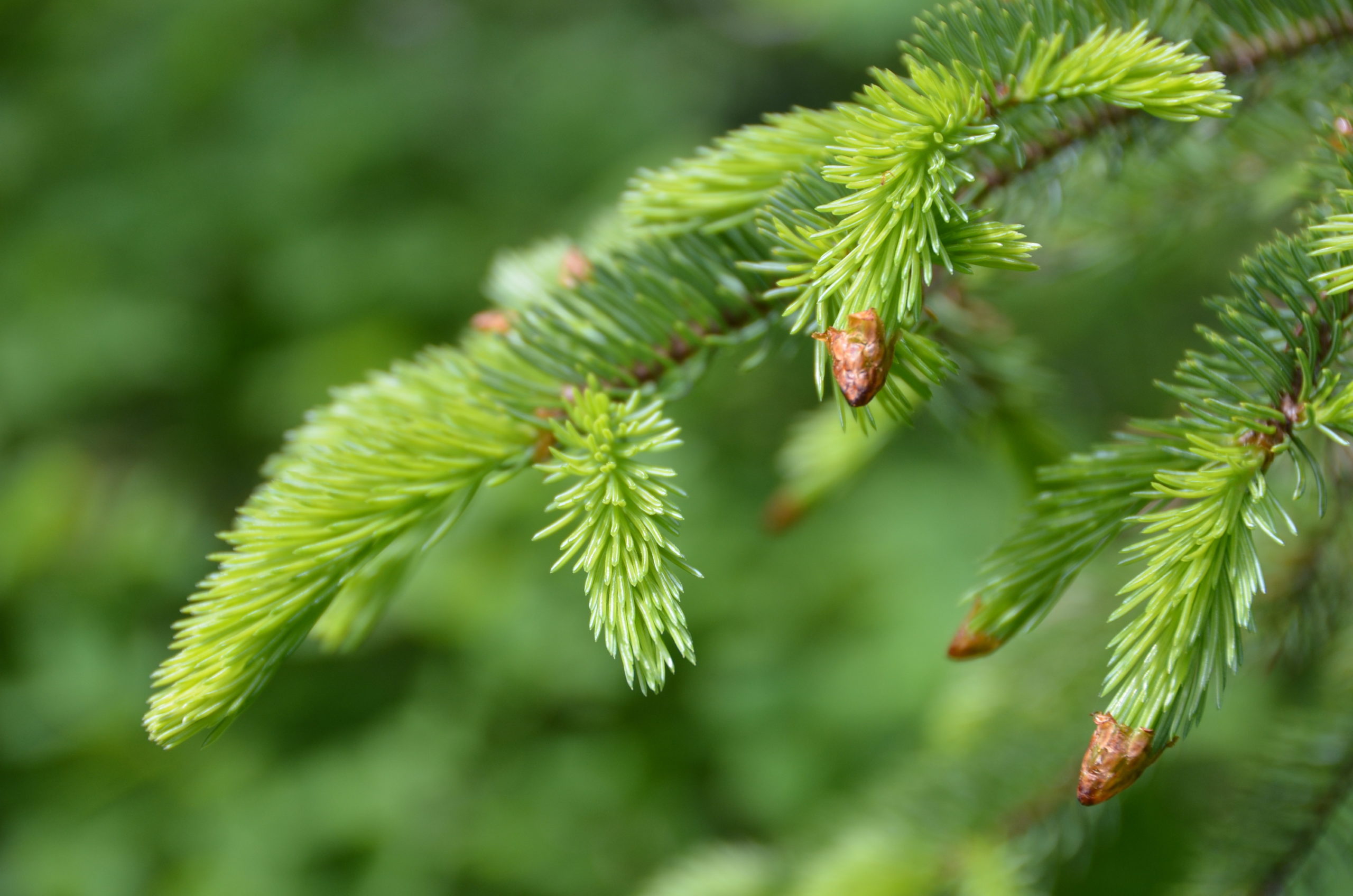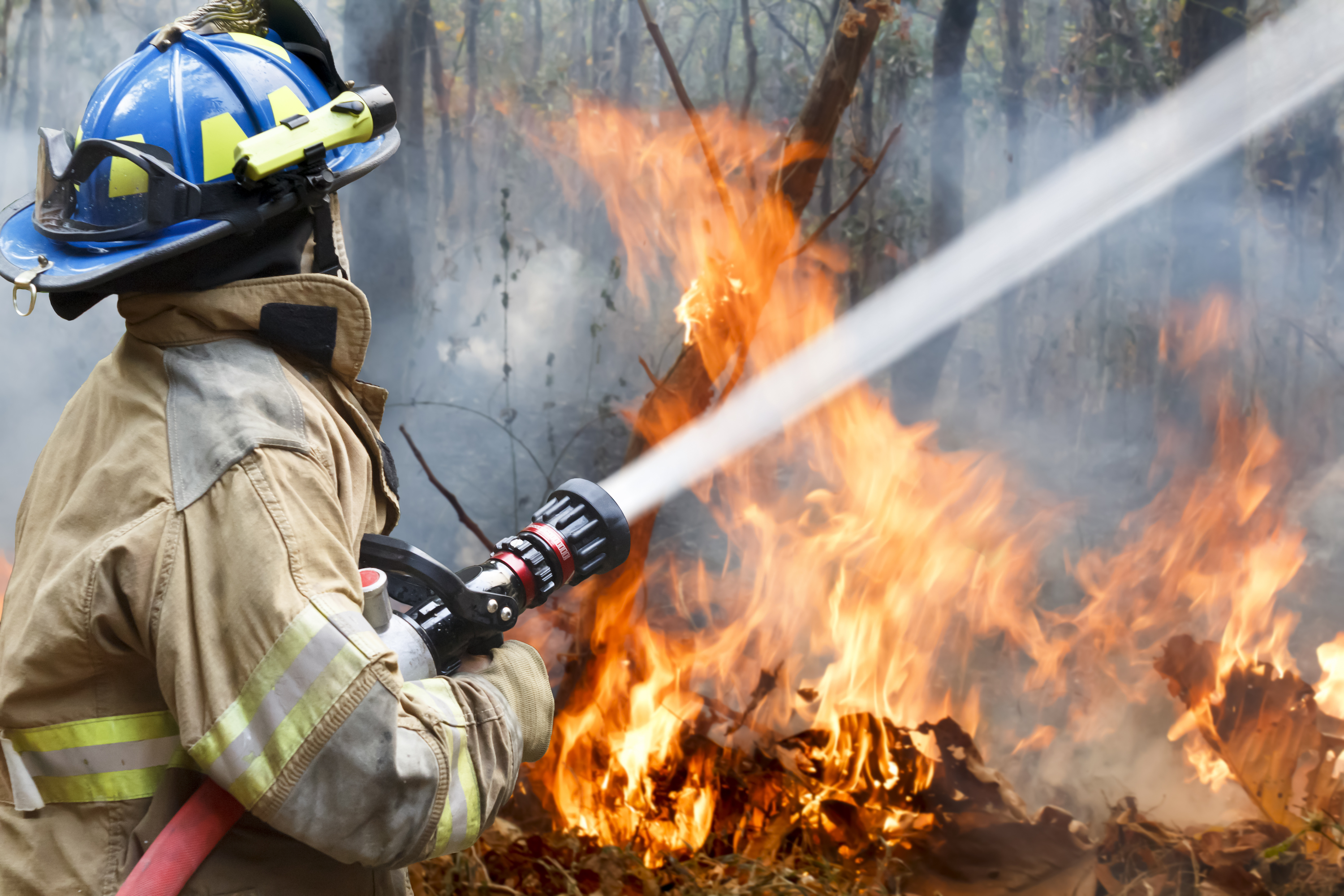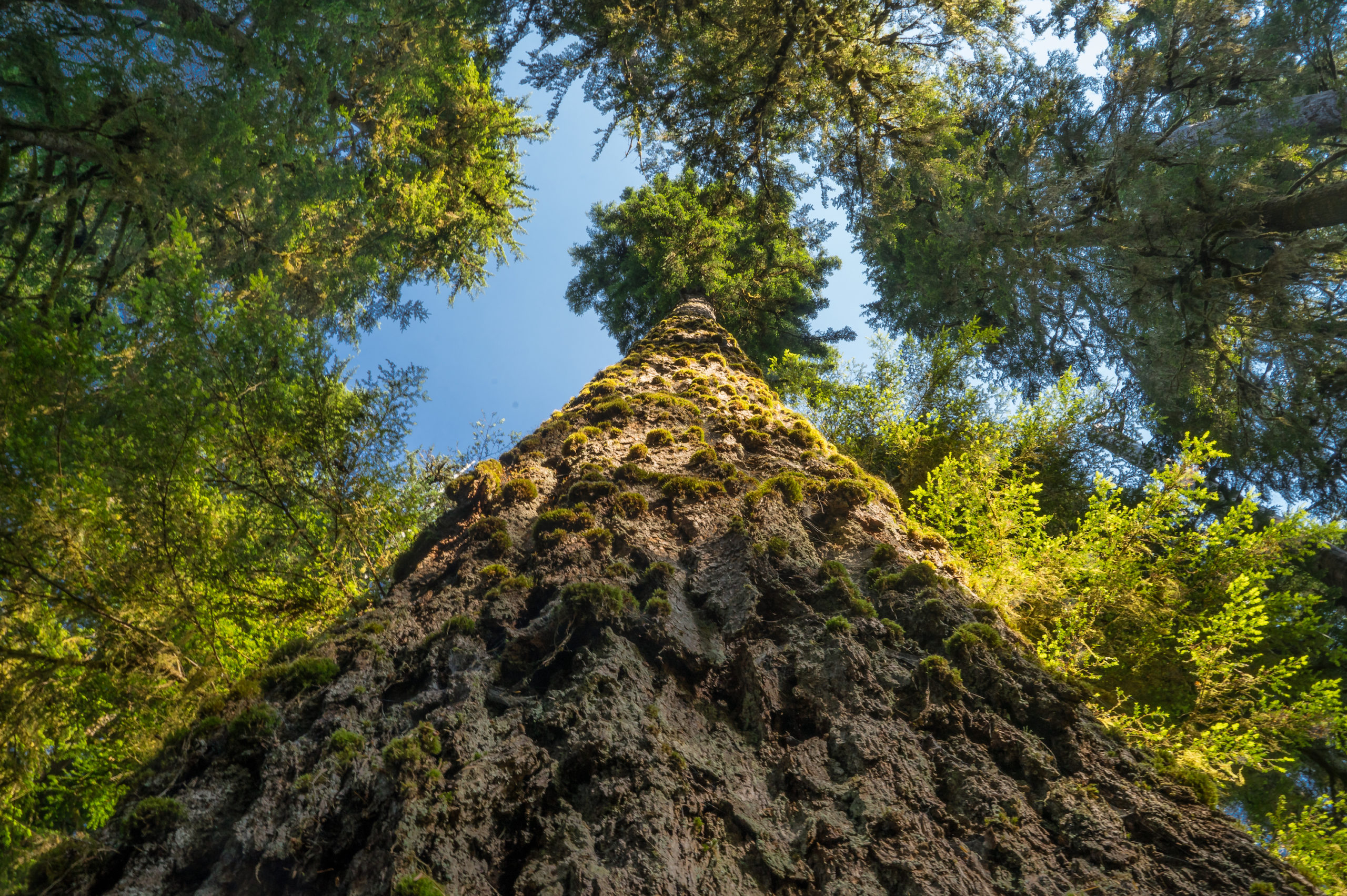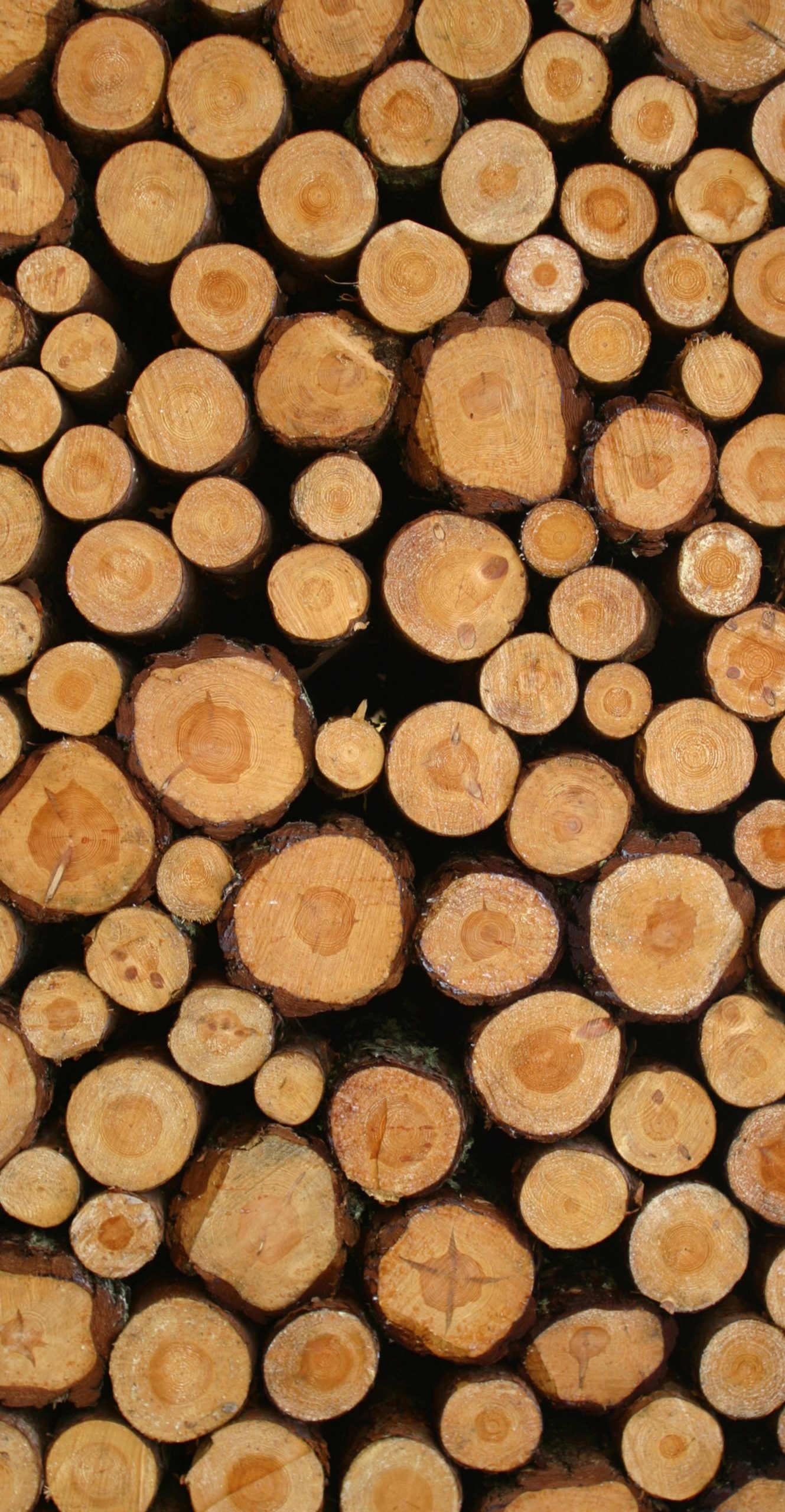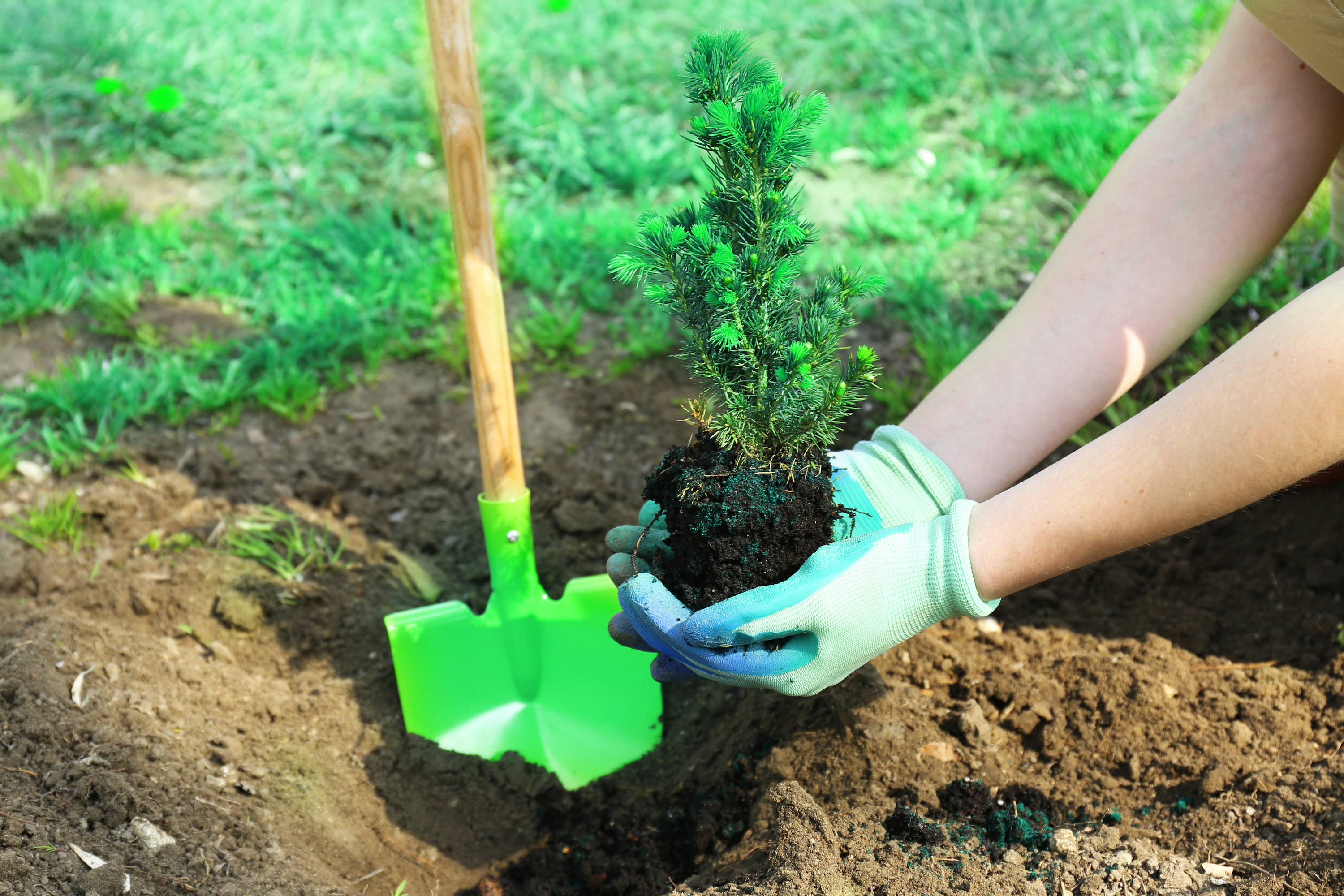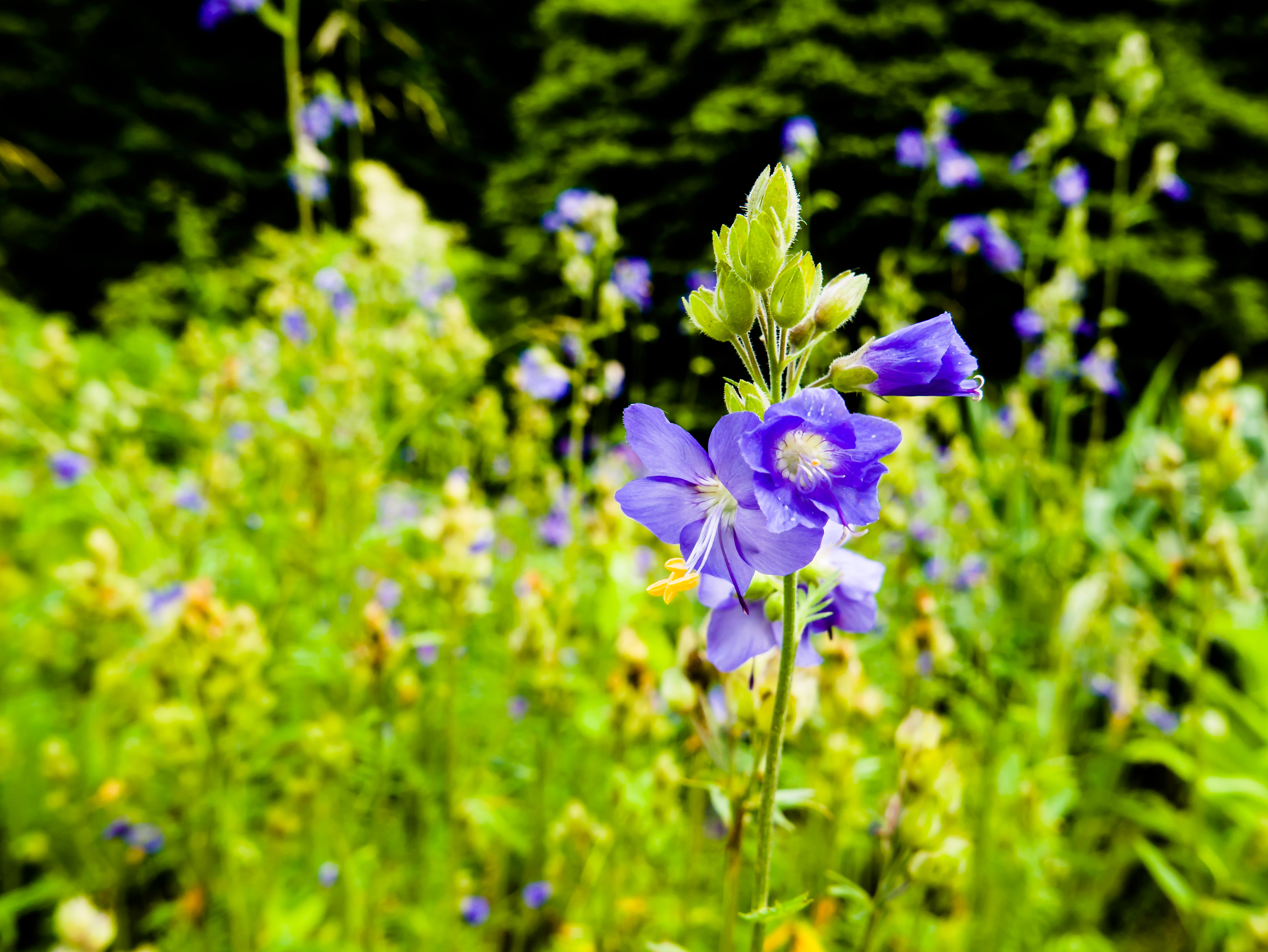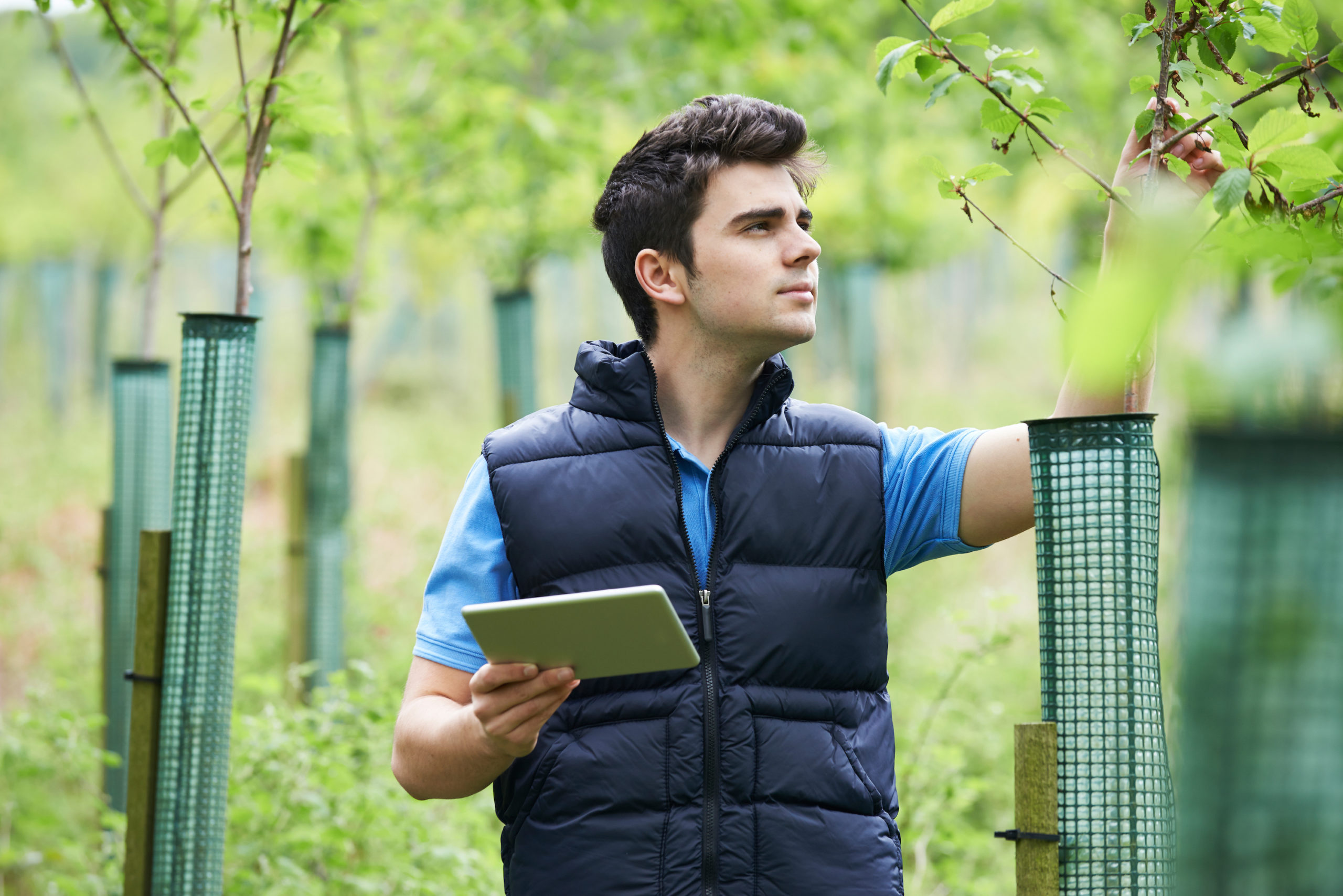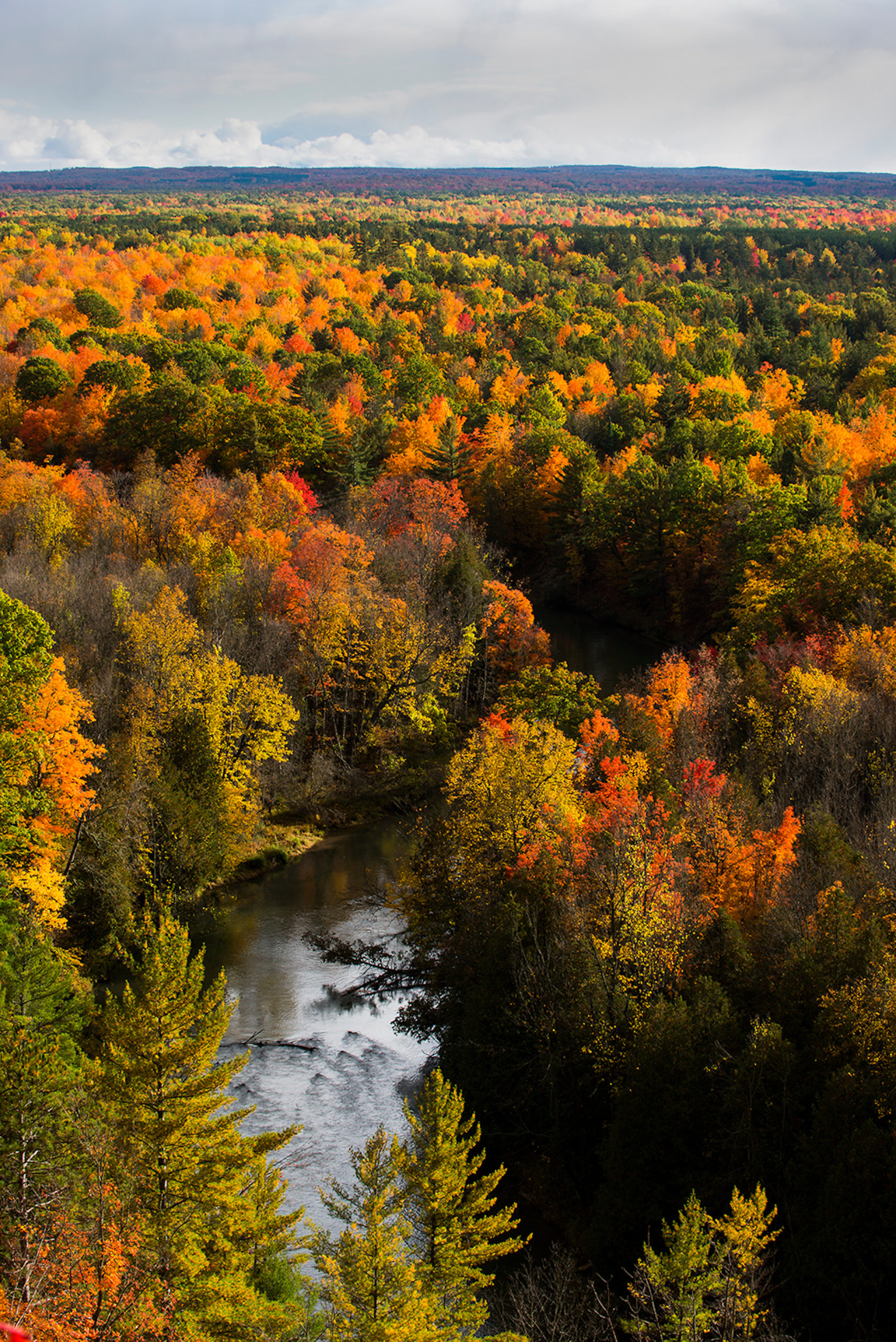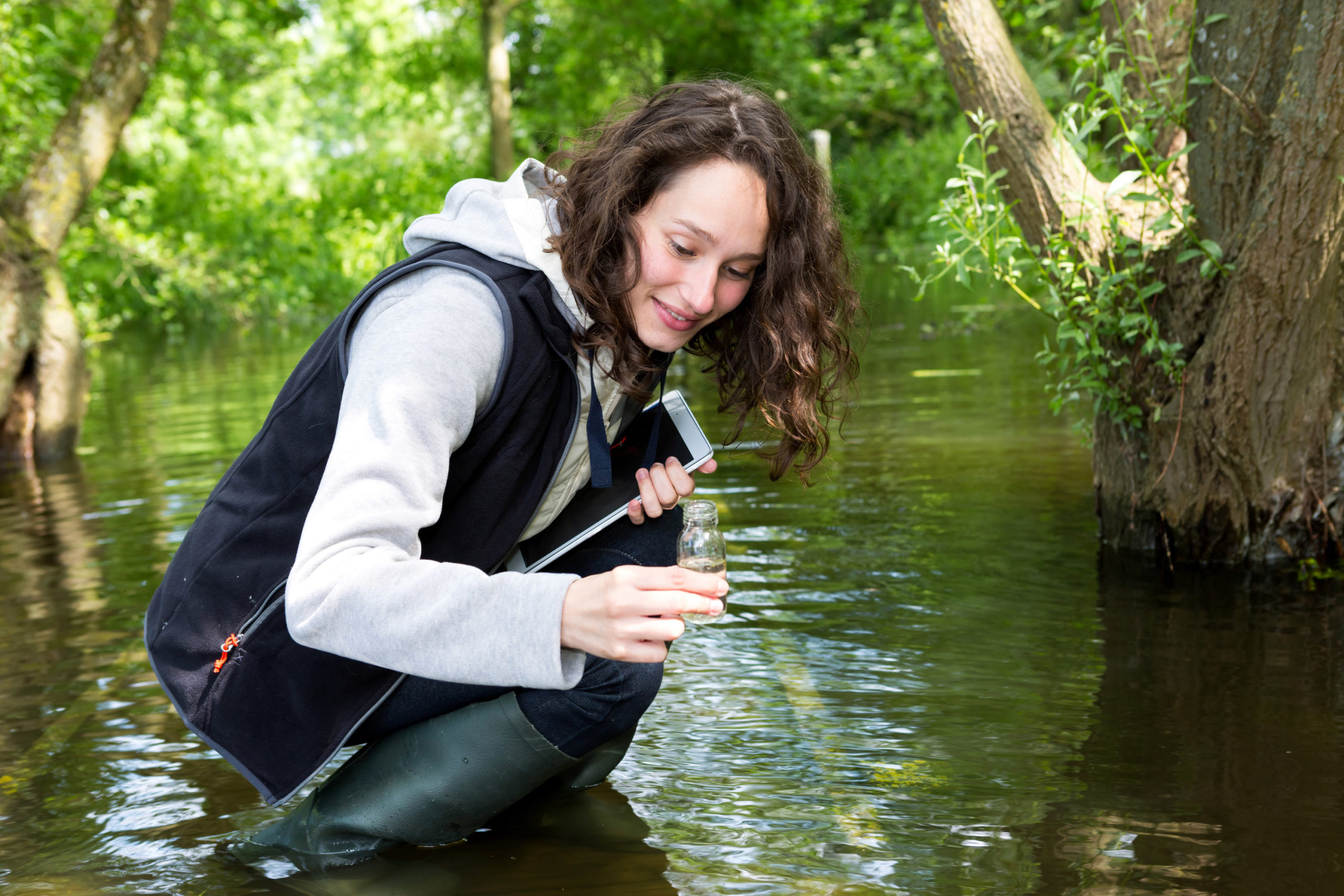Activities for non-educators and forest sector professionals
Engage middle-school-aged youth in learning about trees, forests, and sustainable forest management with PLT’s ready-to-use, hands-on activities.
These 12 activities are perfect for non-educators, forest sector professionals, and even families. They are a great resource for hosting community outreach events, career days, or field site visits for youth. Each 50-minute activity offers simple suggestions for leading learners ages 10-16 through themes related to sustainable forest management, stewardship, and green careers.
Themes
- What is a Forest?
- Why do Forests Matter?
- How Do We Sustain Our Forests?
- What is Our Responsibility to Our Forests?
These themes and underlying concepts are outlined in PLT’s Forest Literacy Framework. This conceptual framework helps to increase understanding about forests and empower people to take action to benefit our forests.
Select an activity below for youth ages 10-16. When working with teachers, select activities to complement topics or concepts taught in the classroom. When working with other audiences, choose activities based on topics of interest and your own objectives.
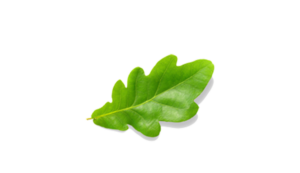
You may not consider yourself an educator, yet sharing your expertise can provide youth with opportunities to learn about the important role that trees and forests play in our lives. When leading these activities with youth, keep a few tips in mind:
- Know your audience. The way you present these activities will change depending on the knowledge, skills, and prior experiences of your learners and even yourself. Play to everyone’s strengths as much as possible.
- Adapt activities to your specific situation and comfort level. Don’t feel like you have to follow activity instructions to the letter.
- Tell a captivating story. You might start each activity by sharing a personal anecdote.
- Be brief. Limit your instructions to two or three steps.
- Set boundaries. For outdoor activities, create and communicate clear physical boundaries that provide a safe environment.
- If you have questions, ask. It’s okay to let youth know you don’t have all the answers, and it’s okay to ask for help—or to search online for answers.
- Model thinking skills. When the group discovers something unfamiliar, you might say, “I don’t know–let’s explore that together” or “What do you think is the best solution?”
- Silence is okay. Give youth adequate time to process information and respond.
- Focus on the experience. Try not to get bogged down in the details by encouraging youth to make their own observations, ask questions, and draw conclusions.
The term nonformal education refers to the wide array of educational activities that occur outside the school-based education system. Nonformal educators, like you, can provide opportunities and spaces outside classrooms that enable learners to flourish.
When working with a school group or youth group, consult with the teacher or leader to:
- Share objectives and coordinate instruction.
- Select activities to complement topics or concepts taught in the classroom.
- Ask about any:
- Behavior concerns
- Language considerations
- Physical or learning disabilities
- Prior knowledge and exposure to related topics
- Make suggestions for attire that is appropriate for both the weather and the activity.
- Request that discipline be the responsibility of the teacher or youth group leader.
Consider bringing a copy of the For Educators: Using Trees to Teach handout to leave with educators. The resource includes a list of suggested follow-up actions for learners, lists connections to academic standards, and refers educators to more PLT environmental education resources.
Not sure how to establish a connection with schools or youth group programs? You might try introducing yourself and describing what you could offer. You can also reach out to your local PLT contact who can offer support when contacting schools.
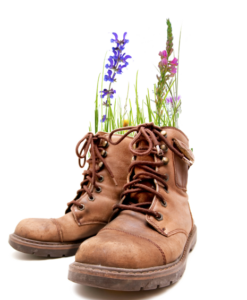
PLT is here to help you make your program a success! Here are a few ways to connect with our network of support.
Attend PLT training. PLT offers online and in-person workshops tailored for specific grade levels, academic standards, environmental topics, and formal and nonformal teaching situations. Most educators attend a PLT workshop because it was recommended by a colleague, and PLT workshops are consistently rated the best professional development events educators have ever experienced. Learn more.
During PLT’s hands-on training you will:
- Learn new teaching skills and become comfortable teaching outdoors.
- Receive PLT’s instructional materials and supplements tailored to your state’s standards.
- Practice modeling PLT activities and get tips for lesson planning specific to your educational setting.
- Earn continuing education credits or Continuing Forestry Education (CFE), in selected professional development events.
Contact your PLT State Coordinator for local resources and assistance, and connections to educators and resources professionals in your area.
Each Learn About Forests activity contains the following components:
PLAN
A brief description of the activity to help you decide whether it is suitable for your purposes, including:
- Key concept, from PLT’s Forest Literacy Framework
- Objectives
- Session time
- Setting (indoor or outdoor)
BACKGROUND
A summary of relevant information that will help you lead the activity. This includes a Did you Know? Benefits of Forests callout box that points out the connection to sustainable forests.
PREPARE
Things you will need to prepare for leading the activity, such as materials.
LEAD
Step-by-step procedures for leading the activity. Feel free to adapt the procedures to your setting and group. Suggested steps include:
- Introduce—a brief experience to set the stage and engage learners in the topic
- Experience—the main activity, with numbered steps
- Connect—an idea for extending the learning as time allows
- Take Action—an idea for action you can suggest to learners to promote forest stewardship
CLOSE
Wrap up the activity with closing questions and reflections.

